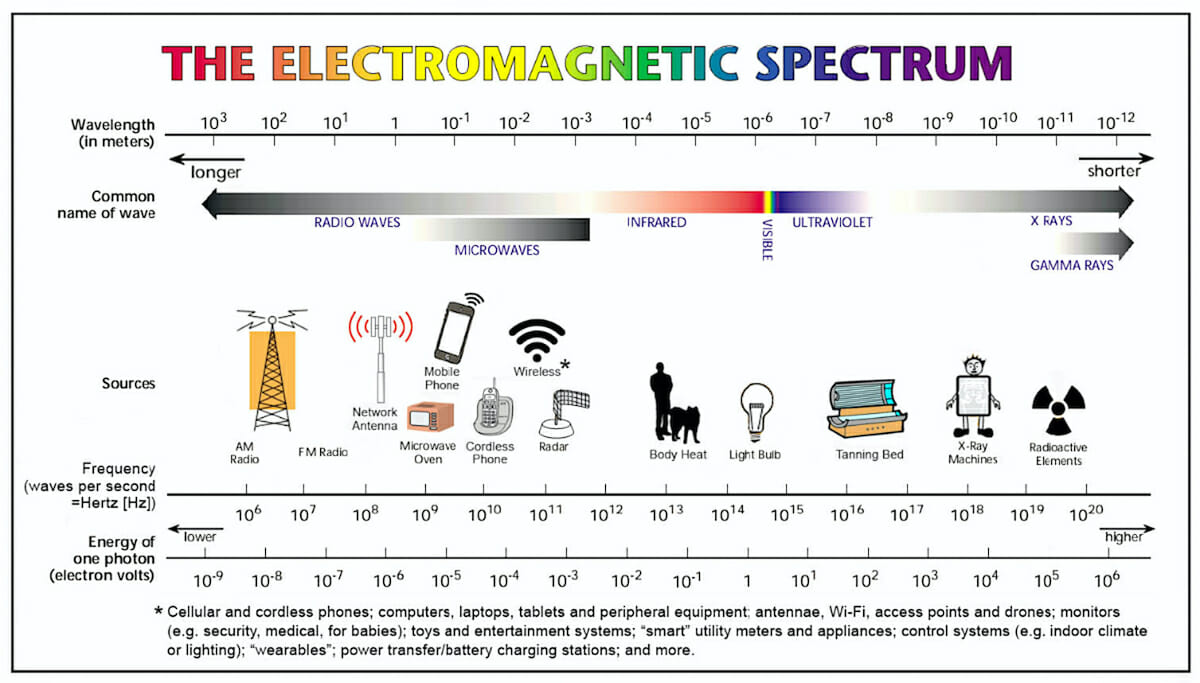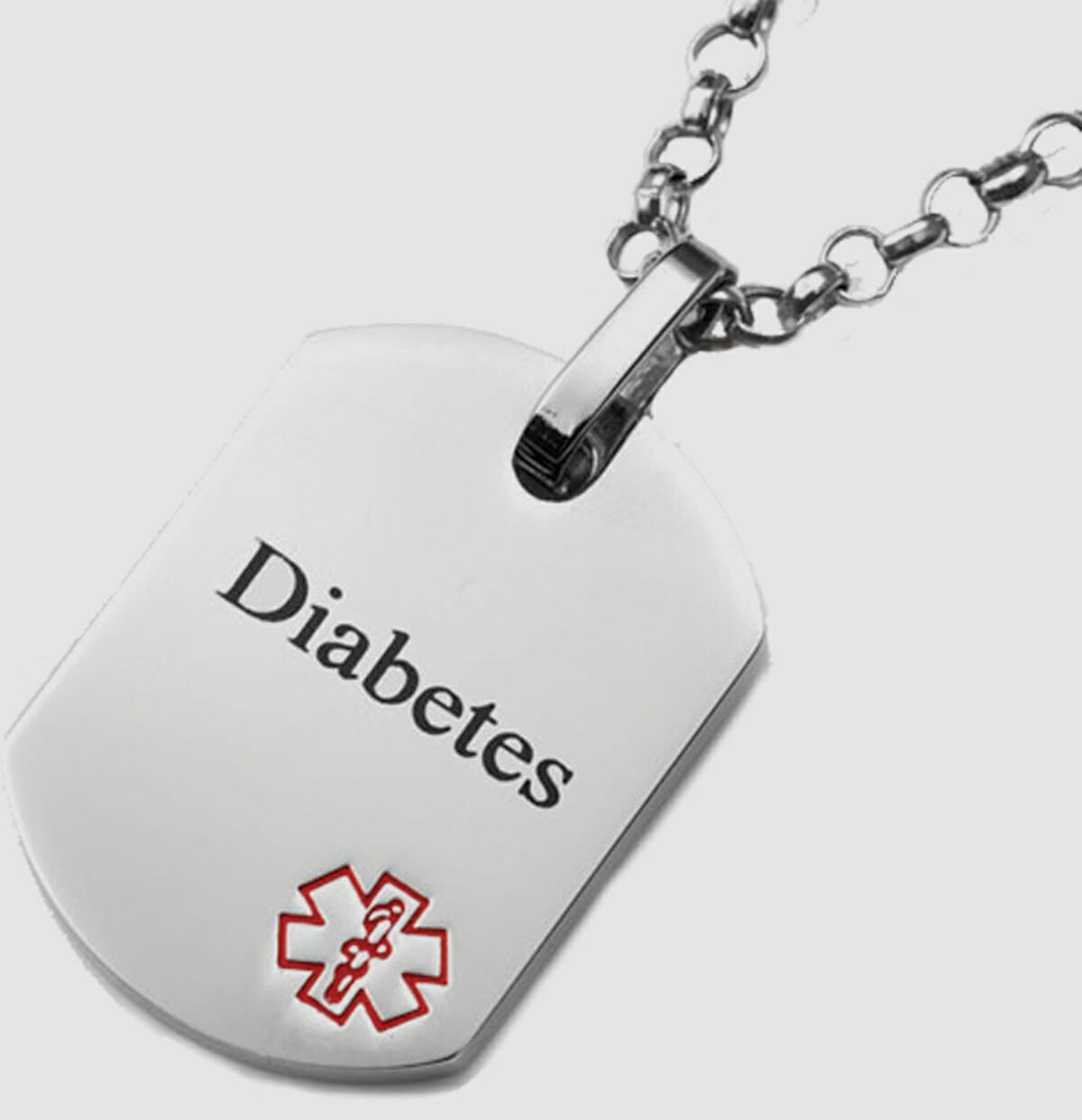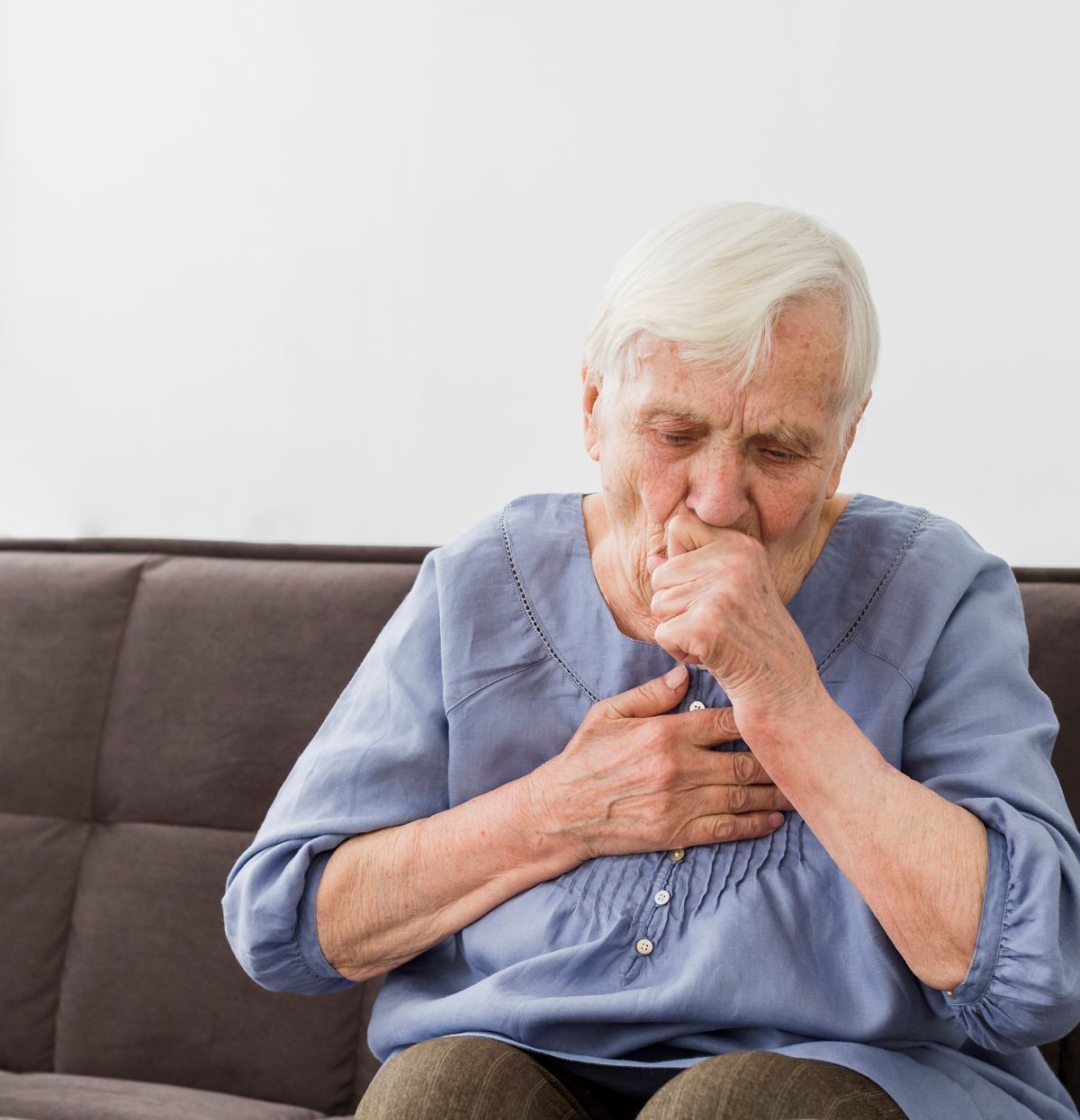You’ve probably heard of the electromagnetic (EMF) spectrum. EMFs are the energized waves moving through the air. The longer the wavelength, the lower the frequency. The shorter the wavelength, the higher the frequency.
Visible light is the range of the spectrum where our eyes are able to compute waves into images. The rest of the spectrum—not visible to the naked eye—is separated into two categories as ionizing and non-ionizing radiation. Visible light can be thought of as a dividing line between these two types of radiation.
Examples of ionizing radiation are gamma and X-rays. These higher frequency wavelengths are moving at super-fast speeds. In fact, they are so energetic that they can knock electrons out of atoms, damaging our DNA. These effects are known to lead to cancer.
Non-ionizing radiation—such as electricity, Wi-Fi and cell phone radiation—occurs at lower frequencies, with waves that are far less energetic yet still incredibly fast.
For example;
Countries run electricity on frequencies of 50 Hz and 60 Hz, meaning the waves are moving 50 to 60 times per second.
Cell phones use frequencies from around 900 MHz to 1900 MHz, meaning the waves are moving 900,000,000 to 1,900,000,000 times per second.
Wi-Fi uses a frequency of 2.45 GHz, which means the waves are moving 2,450,000,000 times per second.
5G will use higher frequencies such as 28.35 GHz, which means the waves are moving 28,350,000,000 per second.
The US FCC has even allocated frequencies up to 3 THz for 7G. This means the waves move 3,000,000,000,000 a second.
“Non-ionizing” radiation may not immediately rip apart the cells in our bodies but that does not mean it is safe.
Chronic exposure to non-ionizing radiation, even at low densities, has been found to have a biological impact and can alter the way our body’s living cells communicate with each other.
For additional information, watch this short YouTube video: https://www.youtube.com/watch?v=XqXes6fj_PI&t=14s to understand how it happens.
Source: Environmental Health Trust, ehtrust.org and Dr. Devra Davis
Exclusive content from CARE magazine












